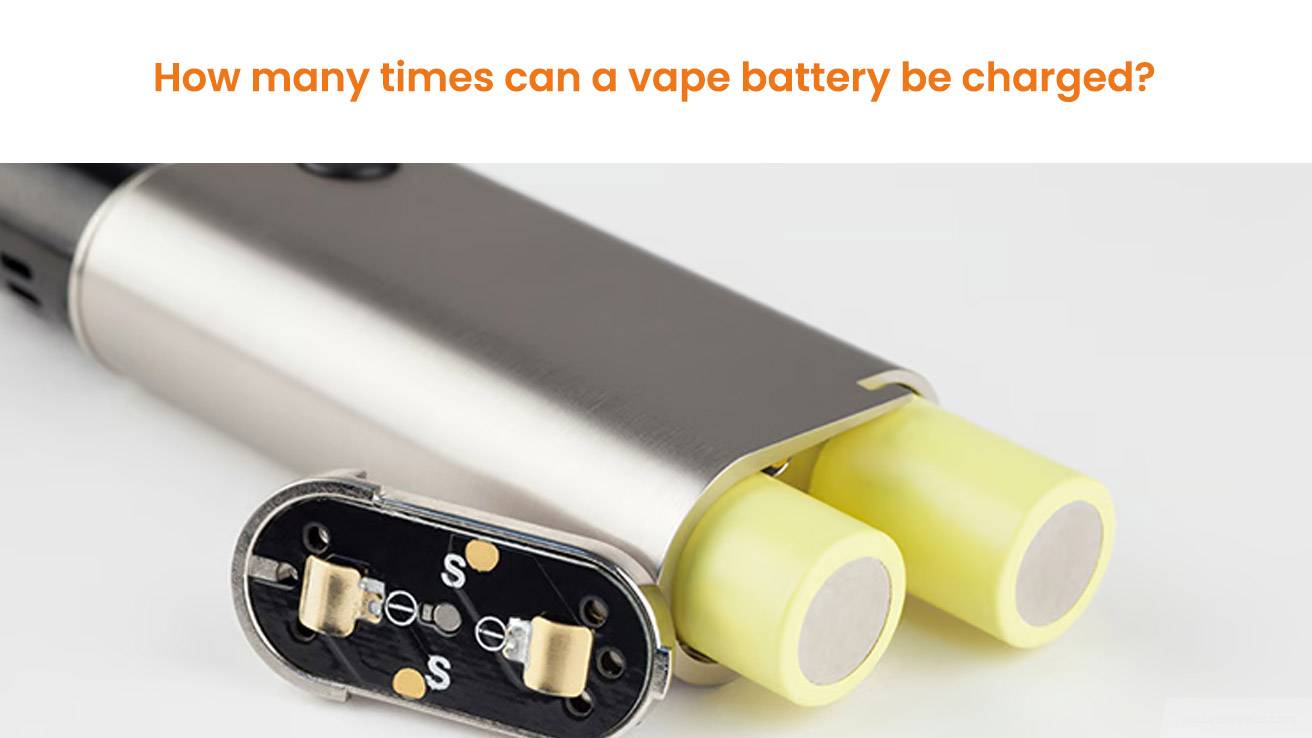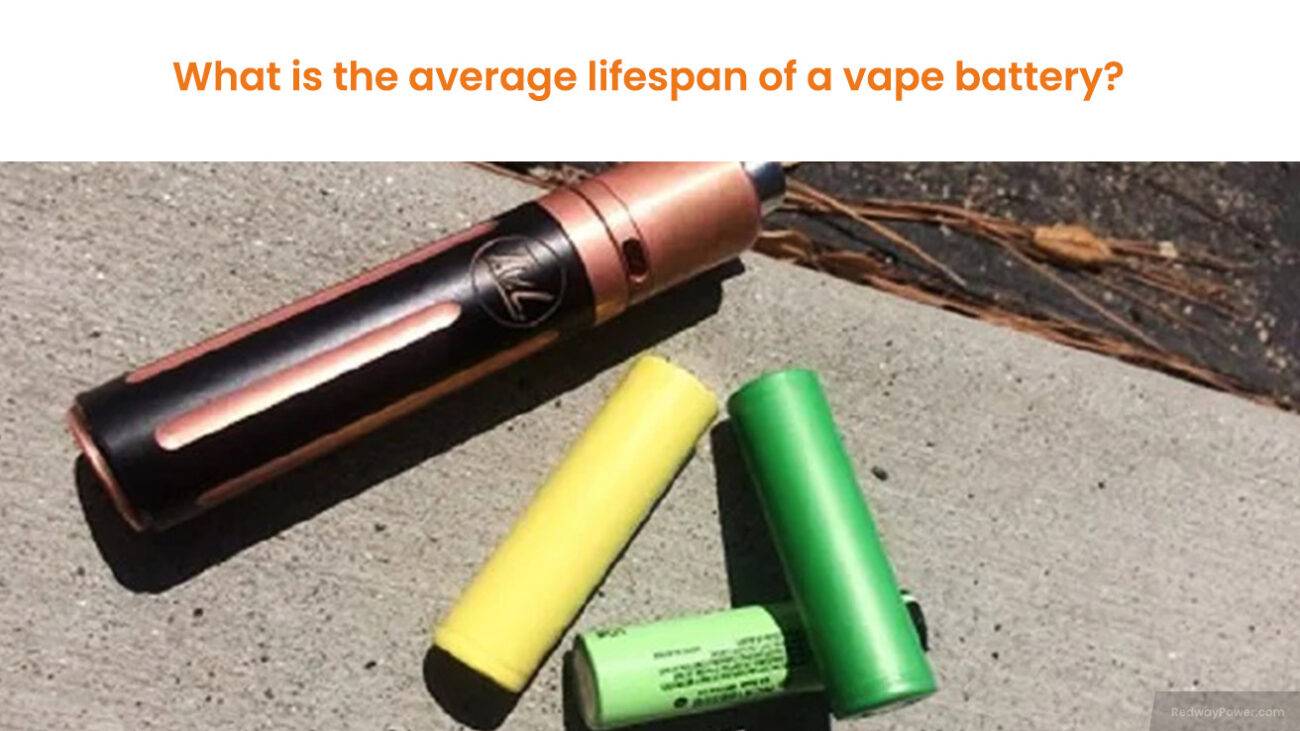- Lithium Golf Cart Battery
- Forklift Lithium Battery
-
48V
- 48V 210Ah
- 48V 300Ah
- 48V 420Ah (949 x 349 x 569 mm)
- 48V 420Ah (950 x 421 x 450 mm)
- 48V 456Ah
- 48V 460Ah (830 x 630 x 590 mm)
- 48V 460Ah (950 x 421 x 450 mm)
- 48V 460Ah (800 x 630 x 600 mm)
- 48V 460Ah (820 x 660 x 470 mm)
- 48V 500Ah
- 48V 560Ah (810 x 630 x 600 mm)
- 48V 560Ah (950 x 592 x 450 mm)
- 48V 600Ah
- 48V 630Ah
-
48V
- 12V Lithium Battery
12V 150Ah Lithium RV Battery
Bluetooth App | BCI Group 31
LiFePO4 Lithium
Discharge Temperature -20°C ~ 65°C
Fast Charger 14.6V 50A
Solar MPPT Charging - 24V Lithium Battery
- 36V Lithium Battery
- 48V Lithium Battery
-
48V LiFePO4 Battery
- 48V 50Ah
- 48V 50Ah (for Golf Carts)
- 48V 60Ah (8D)
- 48V 100Ah (8D)
- 48V 100Ah
- 48V 100Ah (Discharge 100A for Golf Carts)
- 48V 100Ah (Discharge 150A for Golf Carts)
- 48V 100Ah (Discharge 200A for Golf Carts)
- 48V 150Ah (for Golf Carts)
- 48V 160Ah (Discharge 100A for Golf Carts)
- 48V 160Ah (Discharge 160A for Golf Carts)
-
48V LiFePO4 Battery
- 60V Lithium Battery
-
60V LiFePO4 Battery
- 60V 20Ah
- 60V 30Ah
- 60V 50Ah
- 60V 50Ah (Small Size / Side Terminal)
- 60V 100Ah (for Electric Motocycle, Electric Scooter, LSV, AGV)
- 60V 100Ah (for Forklift, AGV, Electric Scooter, Sweeper)
- 60V 150Ah (E-Motocycle / E-Scooter / E-Tricycle / Tour LSV)
- 60V 200Ah (for Forklift, AGV, Electric Scooter, Sweeper)
-
60V LiFePO4 Battery
- 72V~96V Lithium Battery
- Rack-mounted Lithium Battery
- E-Bike Battery
- All-in-One Home-ESS
- Wall-mount Battery ESS
-
Home-ESS Lithium Battery PowerWall
- 24V 100Ah 2.4kWh PW24100-S PowerWall
- 48V 50Ah 2.4kWh PW4850-S PowerWall
- 48V 50Ah 2.56kWh PW5150-S PowerWall
- 48V 100Ah 5.12kWh PW51100-F PowerWall (IP65)
- 48V 100Ah 5.12kWh PW51100-S PowerWall
- 48V 100Ah 5.12kWh PW51100-H PowerWall
- 48V 200Ah 10kWh PW51200-H PowerWall
- 48V 300Ah 15kWh PW51300-H PowerWall
PowerWall 51.2V 100Ah LiFePO4 Lithium Battery
Highly popular in Asia and Eastern Europe.
CE Certification | Home-ESS -
Home-ESS Lithium Battery PowerWall
- Portable Power Stations
How many times can a vape battery be charged?

In the world of vaping, understanding your device’s battery life is crucial. This guide explores a common question: how many times can a vape battery be charged? We’ll provide essential tips to maximize your vape battery’s lifespan, ensuring a smooth and satisfying vaping experience. Let’s jump into the realm of vape battery charging cycles!
Understanding Battery Lifespan
Vape batteries power your vaping device, and knowing their lifespan is vital for optimal performance. Here are key points to ensure you get the most out of your vape battery.
- Types of Batteries: Lithium-ion batteries, commonly used in vaping devices, generally have a longer lifespan than other types. Understanding the battery type in your device is crucial for managing its longevity.
- Charging Practices: How often you charge your device impacts battery lifespan. Following manufacturer guidelines on proper charging practices is essential to maintain battery health and overall performance.
- Impact of Temperatures: Extreme temperatures can shorten your vape battery’s lifespan. Avoid exposing it to high heat or cold for extended periods to prevent damage and ensure continued effectiveness.
- Best Practices for Prolonging Lifespan:
- Avoid completely draining the battery before recharging.
- Store unused batteries in a cool, dry place.
- Regularly clean battery contacts with rubbing alcohol for good conductivity.
- Use compatible chargers designed for your specific vape device.
- Exercise caution when storing or transporting spare batteries, following proper handling guidelines.
- Average Lifespan: While there’s no exact number for charging cycles, lithium-ion batteries in vaping devices typically last between 300-500 cycles. Being aware of your battery’s lifespan helps in maximizing its performance and longevity.
Understanding these aspects of vape battery lifespan empowers vapers to adopt practices that ensure sustained performance and a prolonged device life.
Factors That Affect Battery Charging Cycles
Understanding the factors influencing vape battery charging cycles is crucial for ensuring optimal performance and durability. Here’s a breakdown of key considerations:
- Battery Type: Different vape batteries have varying charge cycle capacities. For instance, lithium-ion batteries exhibit performance degradation after a certain number of charge cycles. Knowing your battery type helps manage its lifespan effectively.
- Usage Habits: Frequent complete draining or inconsistent charging practices impact a battery’s overall lifespan. Striking a balance by avoiding deep discharges and practicing regular, moderate charging can significantly extend the battery’s longevity.
- Charger Quality: The quality of your charger matters. Using a charger with proper voltage regulation and protection against overcharging is crucial. Low-quality chargers can expedite battery deterioration and compromise overall performance.
- Environmental Conditions: Extreme temperatures, especially high heat, can accelerate chemical reactions within the battery, leading to quicker degradation. Avoid exposing your vape battery to temperature extremes to maintain its health over time.
- User Maintenance: Regularly cleaning and inspecting battery contacts on both the device and charger ensure efficient charging and optimal connectivity. Implementing these maintenance practices contributes to a longer-lasting vape battery.
By incorporating these insights into your vaping routine, you can enhance your battery’s lifespan and maximize its charging cycles, providing a better and more reliable vaping experience.
Common Types of Vape Batteries
When it comes to vape batteries, understanding the common types is essential for choosing the right one. Let’s explore some popular options and their characteristics:
- 18650 Battery: Offering a balanced size and capacity, 18650 batteries are widely used in regulated box mods. They provide ample power for extended vaping sessions, making them a popular choice among vapers.
- 21700 Battery: With a larger size and higher capacity than the 18650, 21700 batteries are ideal for vapers who prefer longer usage times and higher wattages. They are commonly used in sub-ohm vaping setups.
- 18350 Battery: Catering to smaller devices and pod systems, 18350 batteries are compact but have lower capacity. They are suitable for low-power devices, offering a balance between size and performance.
Additional Types: Other battery options like 20700 and 26650 cater to specific needs within the vaping community, providing diverse choices for varying preferences.
Remember, not all batteries are compatible with every vape device. Always check your device’s specifications before purchasing a new battery. Lastly, proper maintenance, including regular cleaning and safe storage, is essential to maximize the lifespan of your chosen vape battery. Stay tuned for best practices on extending battery life in the next section!
Best Practices for Prolonging Battery Life
Your vape battery is a vital part of your vaping experience, and caring for it properly ensures longevity and optimal performance. Let’s explore some key practices to prolong your vape battery’s life.
- Proper Charging: Use the manufacturer’s charger or a reputable one to avoid overcharging, which can lead to reduced lifespan and potential safety issues.
- Temperature Control: Protect your battery from extremes. Avoid leaving it in direct sunlight or exposing it to very cold conditions, as high temperatures can cause damage.
- Regular Cleaning: Prevent issues caused by build-up by keeping your battery connections clean. Use a soft cloth or cotton swab for gentle cleaning.
- Safe Storage: When not in use, store your vape batteries in a cool, dry place away from flammable materials to ensure safety and longevity.
- Avoid Full Drains: Refrain from completely draining your battery before recharging, as this can impact its overall lifespan. Charge it before it gets too low.
- Authentic Batteries: Purchase authentic batteries from reliable sources. Avoid cheap knock-offs, as they may be unsafe and prone to failure.
By incorporating these practices into your vaping routine, you’ll extend the life of your vape battery, ensuring both safety and enjoyable vaping experiences. Remember, responsible vaping includes proper care for your battery!
How Many Times Can a Vape Battery Be Charged?
Vape batteries enhance the vaping experience, but they have a limited lifespan. Let’s explore how many times a vape battery can be charged and essential tips to maximize its longevity.
- Charging Cycles: The type of battery you use plays a significant role. Lithium-ion batteries, common in vapes, typically last around 300-500 charging cycles. Charging once per day could give you 9 months to a year and a half of use.
- Additional Factors: Various factors, including temperature extremes and overcharging, can impact a battery’s lifespan beyond its estimated cycles. Maintaining optimal conditions is crucial.
- Best Practices for Longevity:
- Avoid overcharging by unplugging when fully charged.
- Keep temperatures stable to prevent harm to the battery.
- Use chargers designed for your specific device.
- Refrain from fully discharging before recharging.
By adhering to these practices, you can extend the lifespan of your vape battery, ensuring prolonged and reliable performance. While an exact universal charging number may not exist due to individual factors, understanding these considerations is vital for optimal usage over time.
Choosing the Right Vape Battery and Maintenance Tips
Selecting the right vape battery and proper maintenance are pivotal for optimal performance and durability. Here’s a concise guide to help you make informed choices and extend your battery’s life.
- Choosing the Right Battery:
- Capacity Matters: Opt for batteries with higher mAh ratings for longer usage between charges.
- Ensure Compatibility: Select batteries compatible with your specific vape device to prevent damage and ensure optimal performance.
- Trust Reputable Brands: Choose batteries from reputable brands known for safety, quality, and rigorous testing.
- Maintenance Tips:
- Proper Charging Practices: Use designated chargers and avoid overcharging or undercharging.
- Temperature Consideration: Keep batteries away from extreme temperatures to prevent premature aging.
- Regular Cleaning: Maintain cleanliness by gently wiping contacts with a soft cloth or cotton swab.
- Handle With Care: Avoid dropping or mishandling your device to protect the battery cells.
- Timely Replacement: If performance declines, replace old batteries promptly to maintain a satisfying vaping experience.
Conclusion: While vape batteries have limited charging cycles, understanding usage patterns, charging habits, and proper maintenance can significantly extend their lifespan. Choose wisely, handle with care, and implement best practices for a prolonged and efficient vaping experience.
















